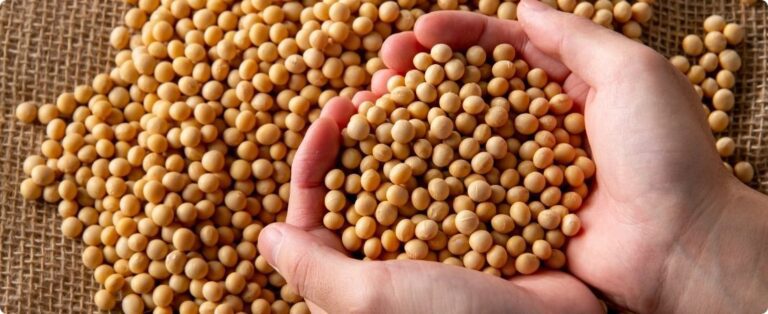
Indonesia is expected to export 27.5 million tonnes of palm oil in 2025, a decline of 6.9% from last year, the largest local industry group, the Indonesian Palm Oil Association (GAPKI), said on Thursday.
The world's largest exporter of commodity faces challenges in increasing production of vegetable oil as its trees are aging. At the same time, the country is expanding the mandatory blending of palm oil into biodiesel, which further impacts the available supply.
The drop would extend the contraction already seen in 2024, of 8.3%, when Indonesia exported 29.54 million tonnes of palm oil products, according to GAPKI data.
Indonesia's marginal output growth in 2025, combined with higher domestic demand, is expected to dampen export prospects, Hadi Sugeng, a representative of the association, told reporters.
“Exports tend to fall year by year, in contrast to domestic consumption,” Hadi added. “Meanwhile, our production is only moderate.”
Palm oil production and stocks
GAPKI estimates that total palm oil production will reach 53.63 million tons this year. Of this figure, approximately 48.98 million tons will be crude palm oil. However, this volume represents only a slight increase compared to last year’s production.
On the other hand, in 2024, Indonesia produced a total of 48.16 million tons of crude oil. In addition, the country ended the year with stocks of 2.58 million tons, as reported by GAPKI.
Impact on prices and global competitiveness
Tight exports have pushed up oil prices on global markets [POI/], which GAPKI warned would reduce competitiveness against rival vegetable oils.
“Palm oil is no longer a cheap vegetable oil,” Hadi added. “It is often more expensive than other vegetable oils, causing importers, especially India, to buy the cheaper ones.”
Source: Bernadette Christina Munthe and Fransiska Nangoy | Notícias Agrícolas















